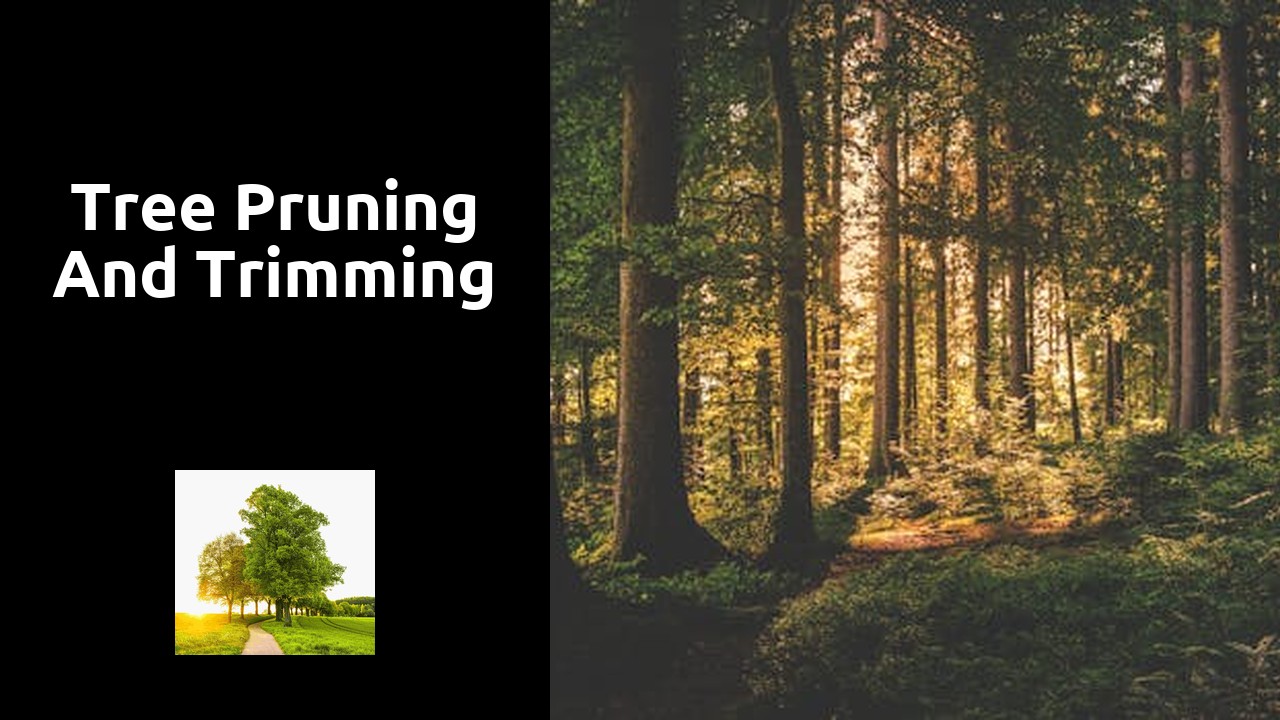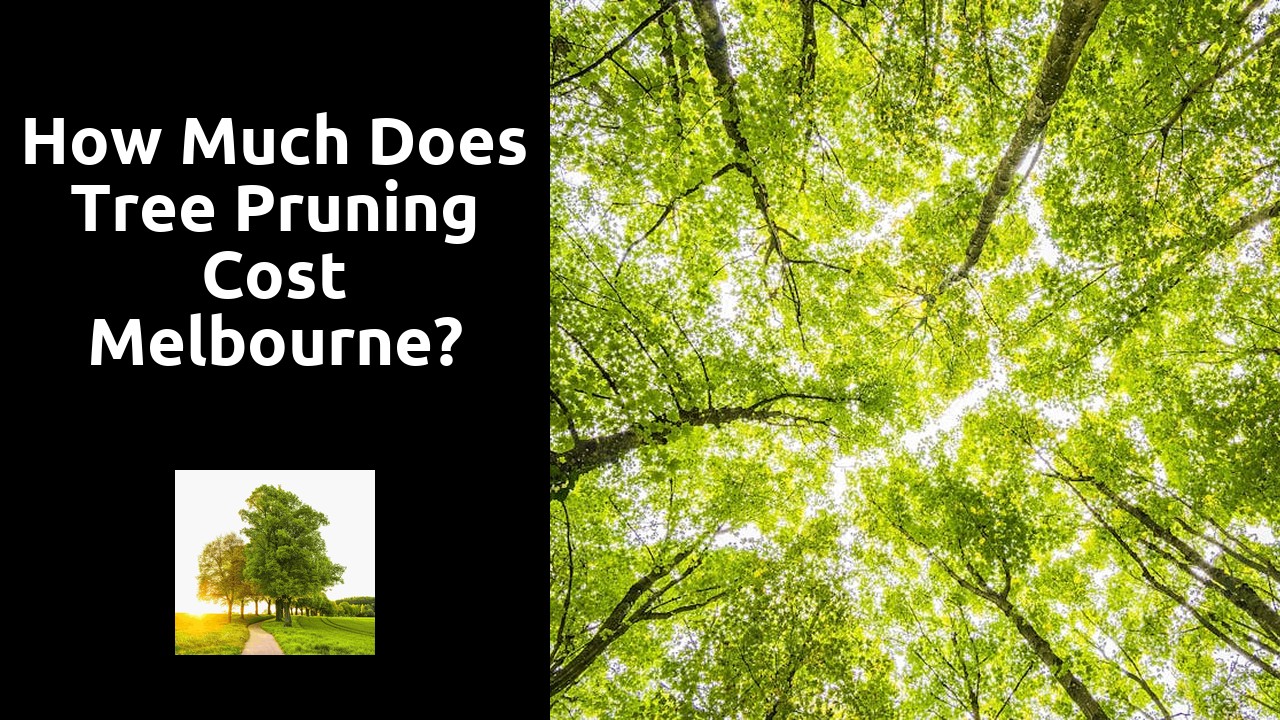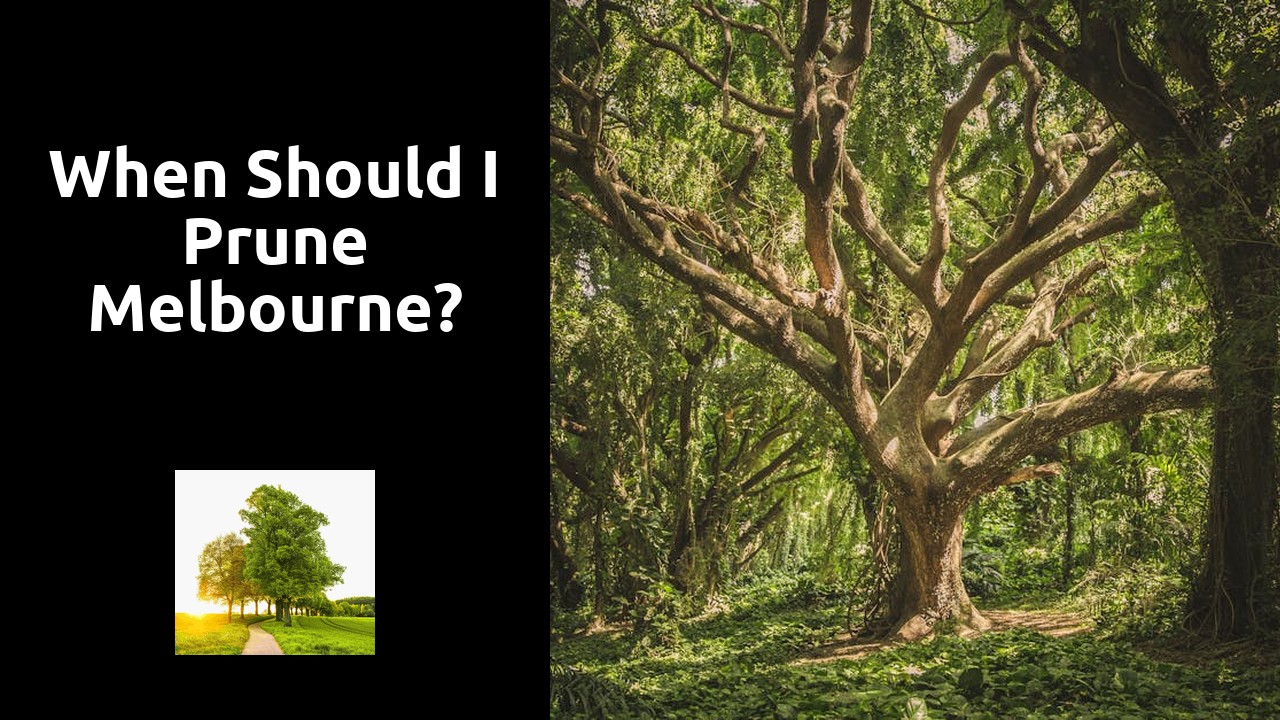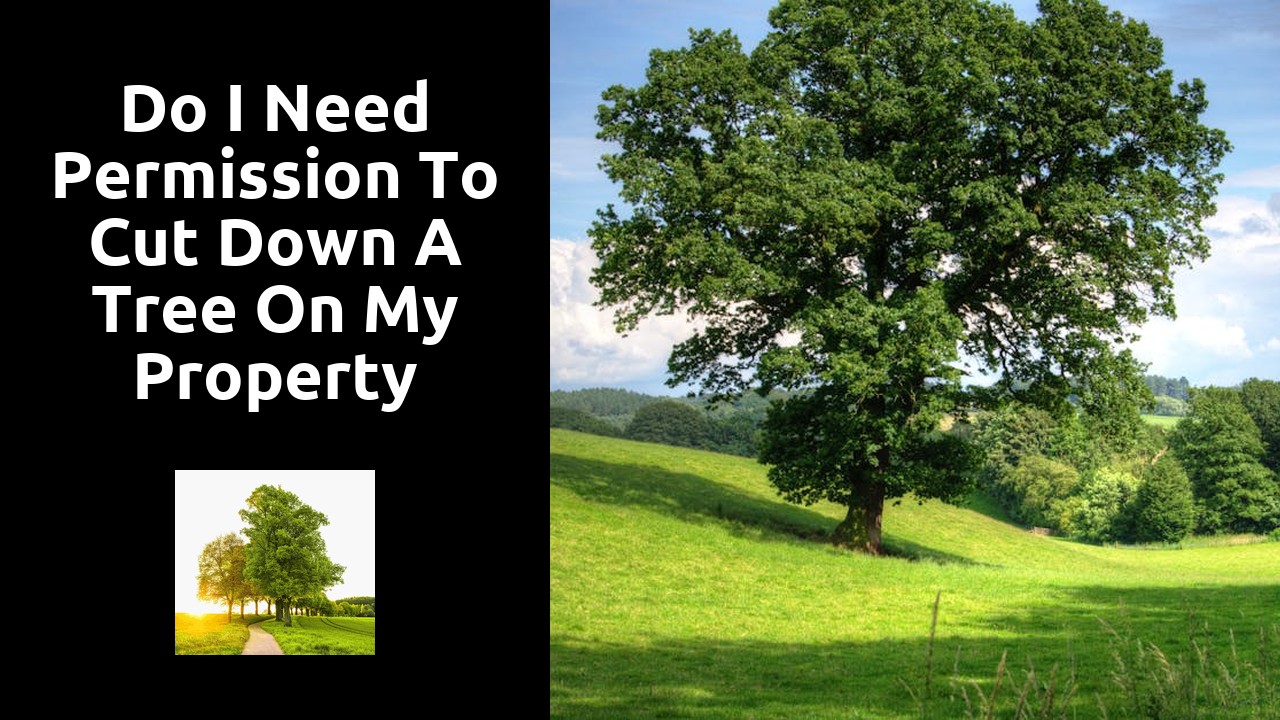
Tree Pruning and Trimming
Reiners Tree Service offers expert tree pruning and trimming services to ensure the health and aesthetics of your trees. With years of experience and a team of skilled arborists, we provide precise and careful pruning to remove dead or overgrown branches, improve tree shape, and promote proper growth. Our services also include trimming to maintain a safe distance from structures, power lines, and roadways. With Reiners Tree Service, you can trust that your trees will receive professional care to enhance their beauty and longevity.
Pruning Fruit Trees for Maximum Yield
Pruning fruit trees is a crucial practice that can significantly impact the yield and quality of the fruits they produce. By properly shaping and trimming the branches, you can promote improved air circulation and sunlight exposure to the tree's canopy, which are essential factors for fruit development. Additionally, removing dead or diseased branches helps prevent the spread of any potential diseases throughout the tree.
Timing is key when it comes to pruning fruit trees for maximum yield. It is generally recommended to prune during the tree's dormant season to minimize stress and maximize the tree's ability to heal and recover. Proper techniques, such as making clean cuts at the correct angle just above a bud or branch collar, help stimulate new growth and encourage fruit-bearing wood. Remember, each tree species may require slightly different pruning methods, so it's essential to research and understand the specific needs of your fruit tree for optimal results.
Techniques for Fruit Production Optimization
Pruning fruit trees is a key technique to optimize fruit production. Proper pruning helps promote healthy growth, increase sunlight exposure to fruit-bearing branches, and enhance air circulation within the canopy. By selectively removing dead, diseased, or overcrowded branches, the tree can focus its energy on producing high-quality fruits. It's essential to prune fruit trees during the dormant season to avoid interfering with the tree's natural growth cycles and to minimize stress on the plant.
Another important aspect of fruit production optimization is thinning. Thinning involves selectively removing immature fruits to space them out evenly along the branches. This practice prevents branches from becoming overburdened with fruit, which can lead to stunted growth and inferior fruit quality. Thinning also allows the tree to allocate its resources more effectively, resulting in larger, tastier fruits at harvest time. By combining proper pruning techniques with strategic thinning practices, fruit growers can maximize their yield and produce exceptional fruits season after season.
Training Young Trees for Structure and Strength
Training young trees is a crucial step in ensuring their long-term health and structural integrity. By properly guiding the growth of branches, you can help trees develop a strong framework that will support their growth for years to come. One key aspect of training young trees is pruning to encourage the growth of well-spaced, sturdy branches that are able to bear the weight of future foliage and fruit.
When training young trees, it is important to consider the overall shape and structure you want to achieve as they mature. By selectively removing certain branches and encouraging growth in specific areas, you can help shape the tree in a way that promotes its strength and health. Regularly inspecting the tree and making targeted pruning cuts can prevent the development of weak, overcrowded branches that may pose a risk of breakage or disease.
Shaping Trees for LongTerm Health
When it comes to shaping trees for long-term health, it is important to consider the overall structure of the tree. Proper pruning techniques can help promote healthy growth and reduce the risk of disease or structural issues down the line. By carefully removing any dead or damaged branches, you can improve air circulation and sunlight exposure within the canopy, which is essential for the tree's overall health.
In addition to regular pruning, it is also crucial to consider the tree's natural growth habits and patterns. Understanding how a specific species tends to grow can guide you in shaping the tree in a way that encourages strong branches and a balanced canopy. By promoting a sturdy framework early on, you can help prevent future problems such as weak branch attachments or excessive weight on certain limbs. Remember, a little attention to shaping and pruning today can lead to a healthier and more resilient tree for years to come.
Tree Trimming for Aesthetics and Curb Appeal
Tree trimming plays a pivotal role in enhancing the overall aesthetics and curb appeal of your property. By carefully shaping and pruning the trees in your landscape, you can create a visually appealing environment that complements the architecture of your home. Properly trimmed trees not only improve the curb appeal of your property but also increase its market value.
Trimming trees with precision and skill can transform the appearance of your outdoor space, making it more welcoming and attractive. When done by professionals, tree trimming ensures that the trees retain their natural beauty while enhancing the overall visual appeal of your landscape. Additionally, regular trimming helps maintain the health and vitality of the trees, promoting growth and longevity.
Enhancing the Visual Appeal of Your Landscape
To enhance the visual appeal of your landscape, consider the overall design and layout of your outdoor space. Begin by evaluating the existing trees and shrubs, taking note of their shapes, sizes, and positions in the landscape. Think about how each plant contributes to the overall aesthetic and whether any adjustments are needed to create a more cohesive and balanced look.
Incorporating a variety of tree species can add interest and diversity to your landscape. Select trees with different shapes, textures, and colors to create visual contrast and depth. Additionally, consider the seasonal aspects of each tree, such as flowering times and fall foliage colors, to ensure year-round visual appeal in your outdoor space. By carefully planning and selecting trees that complement each other, you can transform your landscape into a vibrant and visually captivating environment.
FAQS
When is the best time to prune fruit trees for maximum yield?
The ideal time to prune fruit trees for maximum yield is during the dormant season, typically in late winter or early spring before new growth begins.
What techniques can be used to optimize fruit production through pruning?
Techniques such as thinning out crowded branches, removing dead or diseased wood, and shaping the tree to allow for better sunlight penetration can help optimize fruit production.
How can young trees be trained for structure and strength through pruning?
Young trees can be trained for structure and strength by selectively pruning to encourage a strong central leader and well-spaced lateral branches, which will help promote a sturdy tree structure.
Why is shaping trees important for their long-term health?
Shaping trees through pruning helps promote healthy growth patterns, improve air circulation within the canopy, reduce the risk of disease, and prevent structural issues that could arise as the tree matures.
What are the benefits of tree trimming for aesthetics and curb appeal?
Tree trimming not only enhances the overall appearance of your landscape but also helps maintain a tidy and well-manicured look, improves sunlight exposure to the surrounding plants, and can even increase property value.
How can tree trimming enhance the visual appeal of my landscape?
Tree trimming can enhance the visual appeal of your landscape by removing overgrown or unsightly branches, shaping the tree to complement the overall design of your outdoor space, and creating a more balanced and harmonious look.


